Why Mobile Loyalty Is Essential for Gen Z and Millennials
In today’s fast-moving digital world, mobile devices are more than communication tools. For younger consumers, especially Gen Z and Millennials, the smartphone is the center of their social lives, shopping habits, and brand interactions. These generations expect speed, personalization, and instant value. As a result, mobile loyalty programs are no longer a luxury for businesses — they are a necessity.
Companies that fail to adapt their loyalty strategies for the mobile-first generation risk being left behind. Let’s explore why mobile loyalty is so crucial for engaging Gen Z and Millennials, and how brands can make the most of it.
1. The Mobile-First Mindset of Young Consumers
Gen Z and Millennials grew up surrounded by technology. They use their phones for nearly everything — messaging, shopping, entertainment, payments, and learning. According to various global surveys, more than 80 percent of these consumers prefer using mobile apps for shopping and rewards management.
This generation expects brands to be mobile-friendly at every stage of the customer journey. A loyalty program that lives primarily on paper cards or desktop portals feels outdated to them. When rewards are just a tap away, engagement soars. The easier it is to check points, unlock offers, or make purchases directly from a phone, the more likely younger customers are to stay loyal.
2. Instant Gratification Builds Engagement
Both Gen Z and Millennials crave instant rewards. They don’t want to wait weeks for an email or accumulate points with no visible progress. Mobile loyalty programs satisfy this craving by providing real-time feedback.
Through mobile notifications, they can see points earned immediately after a purchase, get instant coupons, or receive push alerts about limited-time offers. This creates a sense of momentum and excitement.
Instant gratification strengthens the psychological reward loop — customers feel their loyalty matters right away, which encourages them to engage again. Apps that gamify this process with progress bars, badges, or countdowns create even stronger motivation.
3. Personalized Experiences Win Attention
Younger consumers are highly selective. They expect brands to understand them individually, not treat them as part of a generic group. Mobile loyalty apps can use data such as purchase history, browsing patterns, and location to deliver deeply personalized offers.
For example, a coffee chain’s mobile app might send a “double points on iced drinks” reward when the weather is hot in the user’s area. A clothing retailer could push notifications about discounts on a customer’s favorite style or color.
This kind of micro-personalization makes the user feel valued and understood. When loyalty programs use personalization effectively, they create emotional connections, not just transactional relationships.
4. Social Integration Strengthens Brand Affinity
Gen Z and Millennials are digital natives who live within social ecosystems. They share what they buy, recommend brands to friends, and look for community validation online.
A strong mobile loyalty program integrates social elements directly into its design. This could include referral bonuses for sharing links, challenges that encourage posting on social media, or rewards for leaving reviews.
By combining social engagement with loyalty incentives, brands can turn customers into active promoters. This not only increases visibility but also makes users feel part of a community. Starbucks, for instance, has mastered this through its app, where fans share experiences, achievements, and favorite drinks online, amplifying brand loyalty organically.
5. Seamless Payment and Shopping Experiences
Younger consumers want frictionless experiences. They expect to browse, purchase, and redeem rewards without switching between multiple apps or devices.
Mobile loyalty platforms that integrate payments and shopping in one app deliver exactly that. Digital wallets, QR code scanning, and in-app checkout options make transactions effortless.
For example, a customer can pay using the same app that tracks their rewards, instantly applying discounts or earning points in one tap. This convenience not only boosts participation but also increases the frequency of purchases.
The fewer barriers between earning and spending, the stronger the loyalty loop becomes.
6. Gamification Creates Lasting Engagement
Gamification is one of the most effective strategies for keeping Gen Z and Millennials engaged. These generations grew up playing games on phones and consoles, so game-like mechanics feel natural and motivating.
A mobile loyalty app can include challenges, streaks, progress bars, and levels to make loyalty fun. For example, users might complete weekly missions like “shop twice this week” or “try a new product” to earn bonus points or unlock new tiers.
This not only increases short-term activity but also establishes a habit of engagement. When users enjoy interacting with a brand, loyalty turns into genuine enthusiasm.
7. Location-Based Rewards Enhance Relevance
Mobile technology allows brands to use location data to create hyper-relevant experiences. For younger consumers who value convenience, location-based offers feel timely and useful rather than intrusive.
Imagine a restaurant sending a “buy one, get one free” notification when a user is within walking distance. Or a clothing store offering bonus points if the customer visits a nearby branch.
Location-based targeting helps bridge the gap between digital engagement and physical visits. It’s a powerful way to connect mobile experiences with real-world action — a key driver of revenue growth.
8. Sustainability and Values Matter
Gen Z and Millennials are more socially conscious than previous generations. They care about sustainability, diversity, and ethical practices. A loyalty program that reflects these values stands out.
Mobile platforms make it easier to reward eco-friendly actions. For example, users could earn points for choosing digital receipts, bringing reusable bags, or supporting charitable causes through the app.
By aligning rewards with values, brands show they share the same ideals as their customers. This emotional alignment often matters more than discounts when it comes to long-term loyalty.
9. Analytics for Smarter Engagement
From a business perspective, mobile loyalty apps provide rich analytics. Every interaction generates data on behavior, preferences, and engagement patterns.
By analyzing this information, brands can refine offers, identify inactive users, and personalize communications more effectively. They can also test which features increase retention or drive higher spending.
For younger consumers who expect relevancy and constant improvement, this data-driven approach helps brands stay fresh and responsive. The result is a continuously optimized loyalty experience that evolves with user expectations.
10. Bridging Online and Offline Worlds
Gen Z and Millennials move fluidly between digital and physical environments. They might discover a brand online, visit a store to try products, and complete their purchase later through an app.
Mobile loyalty programs bridge these worlds seamlessly. Scanning a QR code in-store to earn rewards or redeeming mobile points during checkout connects both experiences into one ecosystem.
This integration helps brands maintain continuity and ensures customers never feel disconnected from their loyalty journey. Whether online or offline, the program remains central to every interaction.
The Future of Loyalty Is Mobile
The evolution of loyalty programs reflects a larger shift in consumer behavior. Gen Z and Millennials demand convenience, transparency, and authenticity — and mobile platforms deliver all three.
Traditional programs that rely on plastic cards or manual redemption can’t match the speed and personalization these generations expect. In contrast, mobile apps offer immediacy, interactivity, and a sense of belonging.
Moreover, mobile loyalty provides brands with a direct communication channel that is always in the customer’s pocket. It enables real-time engagement, continuous learning through analytics, and effortless participation that keeps users coming back.
How Businesses Can Succeed with Mobile Loyalty
To fully capture the attention of Gen Z and Millennials, brands need to go beyond simply building an app. They should focus on delivering experiences that align with the lifestyle of their audience. Here are a few best practices:
Design for simplicity. The app should be intuitive, with minimal steps to earn or redeem rewards.
Use real-time engagement. Send timely, personalized push notifications based on actions or events.
Create community value. Encourage social sharing and recognize loyal advocates publicly.
Reward values, not just purchases. Offer incentives for sustainable behavior, referrals, or feedback.
Keep it fresh. Update content, add seasonal challenges, and introduce new reward types regularly.
These practices make a loyalty app feel less like a marketing tool and more like a lifestyle companion — something that genuinely adds value to the user’s daily life.
Final Thoughts
Mobile loyalty is no longer optional; it’s the foundation of how modern consumers connect with brands. Gen Z and Millennials expect loyalty to be smart, fast, and personal. A well-designed mobile platform delivers all that and more — offering real-time engagement, emotional connection, and consistent value.
For brands, investing in mobile loyalty means investing in the future. It’s the most direct and powerful way to stay relevant in a generation that lives through its phones.
Businesses that embrace this shift will not only retain loyal customers but also create passionate brand advocates who share their experiences and attract others along the way.

